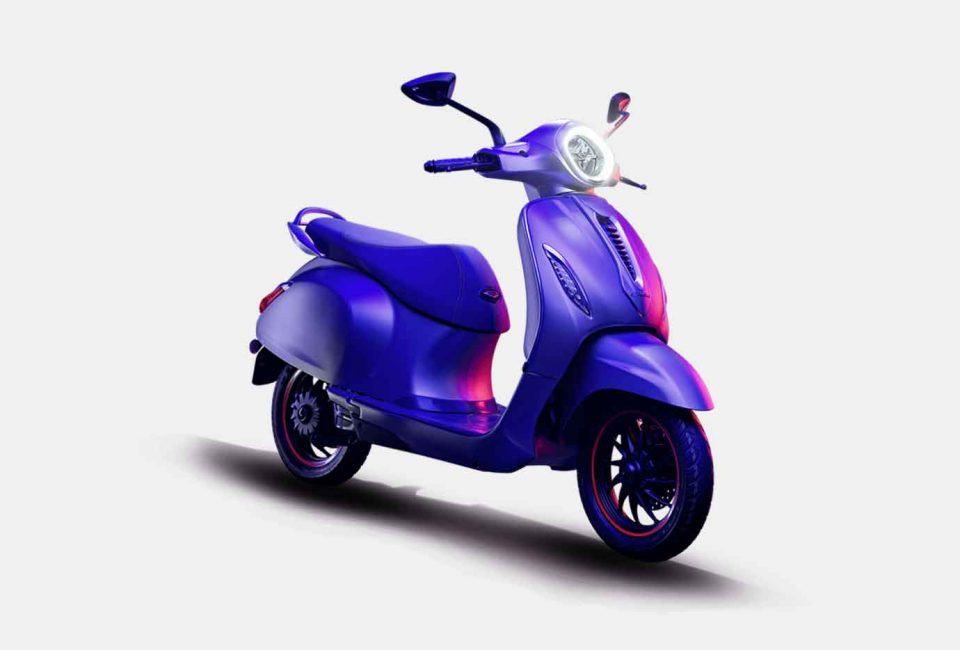It was the first scooter of anyone’s life. It was the symbol of India’s middle-class in the post-independence era of economic stagnancy.
Bajaj introduced Chetak scooter in 1972 as a derived model from the Sprint model by Vespa, with which Bajaj Auto had a technical alliance.
The name Chetak was eponymous with Maharana Pratap’s horse ridden by him at the battle of Haldighati in the 16th century.
And as the days pass, Chetak became ‘Humara Bajaj’ (Hindi for Our Bajaj).
India’s licence raj (1951-1991) which forbidden manufacturers to enhance production at their will contributed to the waiting period of up to 10 years for the Chetak, a world record. Chetak’s popularity was so high that it was staged as a preferred component of the social evil practice ‘dowry’.
In 1990, Chetak began to be available off the shelf. And shortly Bajaj Auto emerged as the world’s largest scooter manufacturer and gave ‘NO WAITING’ advertisements for Chetak in newspapers.
With quality, cost and availability being the key attributes in Chetak’s success, Bajaj Auto created brand value and offered an opportunity to a larger number of customers to own a Chetak.
Chetak contributed to half of Bajaj’s Auto’s scooter sales with Delhi, Punjab and Andhra Pradesh becoming the top three market for the scooter. And Chetak becomes almost every Indian family’s first vehicle.
The emergence of modern design/technology
With liberalisation in 1991 and the rise in petrol price, India’s 2-wheeler market witnessed the emergence of modern design/technology, especially in a few Japanese motorcycles.
There started a gradual decline in popularity of Bajaj Chetak.
Further, the growing acceptance of motorcycles in rural areas increased the demand for bikes.
Bajaj Auto reformed its business strategy and launched its first independently developed motorcycle, the Pulsar, through its partnership with Japanese major Kawasaki.
Also Read: Leadership skills for women striving in the Indian Facilities Management Industry
Rebirth of Chetak, not as Bajaj Chetak
In the current scenario, e-mobility has been titled as the wave in the global automobile atmosphere.
And this is why the old-time hero returns to take-over India’s springing EV market.
The Chetak is the first electric two-wheeler to be introduced by a mainstream two-wheeler manufacturer in India, and the first product introduced under Bajaj Auto’s new electric vehicle (EV) vertical, to be called Urbanite.
“Bajaj Chetak is now all set to create its own mark as the Chetak (no Bajaj branding on the electric scooter) to let you #ExperienceElectric”
The Chronoscope of Bajaj Chetak
- 1972 – CHETAK launched for global markets
- 1976- Indians get their hands on the icon – available in foreign currency only
- 1980- CHETAK becomes a roaring success. A waiting period of more than 10 years
- 1981- The CHETAK becomes a global force. A leading brand across Europe, America, Africa and Asia.
- 1983- BAJAJ makes history – 500000 units sold
- 1987- The icon still shines bright – waiting period still over a year
- 1995- A year to remember – 10,000,000 units sold
- 1999- Pushing hard to be the best – electric start introduced on the market
- 2004- Two becomes four – cleaner running, more efficient 4-stroke engine for CHETAK
- 2005- The CHETAK takes a break but lives on in the hearts of millions of Indians.
- 2014- Millions of hearts beating together pumper life into the idea of an electric future for the icon CHETAK starts a new journey
- 2019- CHETAK – the electric revolution begins
- 2020- CHETAK’S entry in the e-vehicle market
Further Reading:




